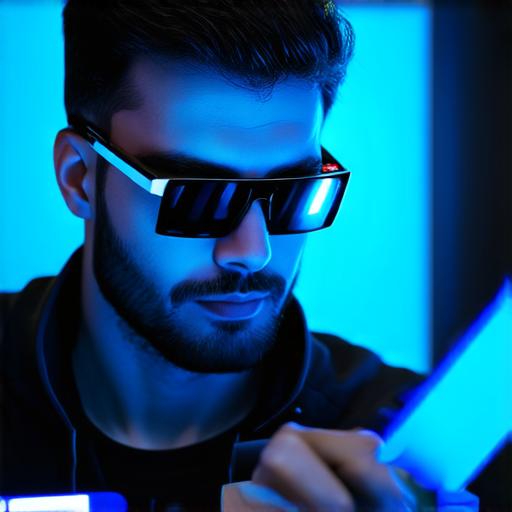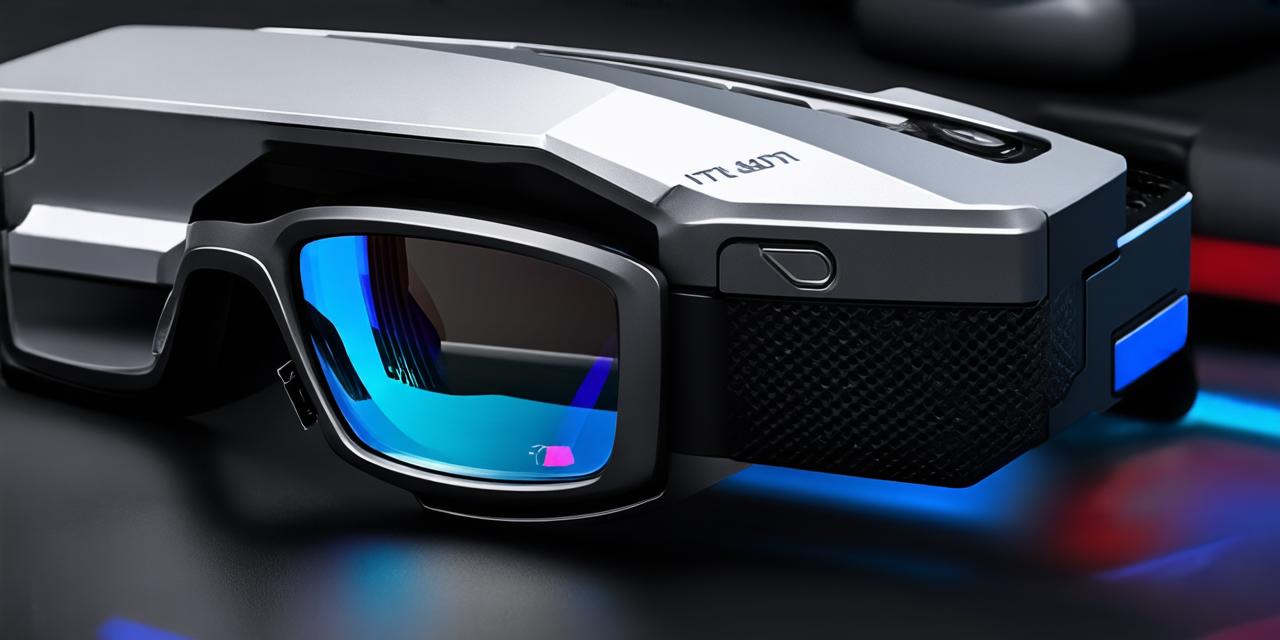Introduction
Augmented reality (AR) technology is rapidly evolving and changing the way we interact with the digital world. AR visuals are becoming increasingly popular in various industries, such as marketing, education, healthcare, and entertainment. In this article, we will explore how to develop engaging and informative AR visuals that resonate with your target audience. We’ll also discuss the importance of SEO optimization to help your content rank higher in search engines and attract more traffic.
Understanding Augmented Reality Visuals
AR visuals are digital images or animations that overlay on top of the real world. They can be accessed through smartphones, tablets, or specialized AR devices, such as smart glasses or headsets. AR visuals can be used for various purposes, such as:

- Providing additional context and information about a physical object or location
- Creating interactive experiences that allow users to engage with the digital world in new ways
- Enhancing product demonstrations and visualizations
- Training and education applications
- Entertainment and gaming experiences
To create engaging AR visuals, you need to understand your target audience and their needs. You also need to consider the technical requirements of AR development, such as the type of device and software you’ll be using.
Case Studies: Success Stories in AR Visual Development
There are many examples of successful AR visual development projects across various industries. Here are a few case studies that illustrate how AR visuals can be used effectively:
- IKEA Place: The popular furniture retailer launched an AR app that allows customers to preview how different pieces of furniture would look in their homes before making a purchase. The app has been downloaded millions of times and has helped IKEA increase sales by 60%.
- Pokémon Go: The wildly successful mobile game uses AR technology to allow players to catch virtual creatures in the real world. The game has been downloaded over 1 billion times and has generated billions of dollars in revenue for its creators.
- Audi’s Virtual Cockpit: The luxury car manufacturer uses AR visuals to provide drivers with real-time information about their speed, fuel level, and other important metrics. The virtual cockpit has received positive reviews from customers and has helped Audi differentiate itself from its competitors.
- Anatomy 4D: The medical education app uses AR technology to allow students to explore the human body in a more interactive and engaging way. The app has been used by over 50,000 students and has received positive feedback for its effectiveness in teaching anatomy.
Best Practices for Developing Augmented Reality Visuals
Now that we’ve seen some examples of successful AR visual development let’s explore some best practices to help you create engaging and informative AR visuals:
- Know your audience: Understand who your target audience is and what they need from an AR experience. This will help you design a visual that resonates with them and provides the information they need.
- Keep it simple: AR visuals should be easy to understand and navigate. Avoid cluttering the visual with too much information or complex interactions.
- Use real-world examples: AR visuals are most effective when they overlay on top of the real world. Use real-world examples to help users understand how your product or service works in context.
- Be interactive: AR visuals should be interactive and allow users to engage with the digital world in new ways. This can include tapping, swiping, or gesturing to interact with the visual.
- Test and iterate: Test your AR visual with a small group of users and gather feedback. Use this feedback to refine your design and improve the user experience.
SEO Optimization for Augmented Reality Visuals
To ensure that your AR visuals are easily discoverable by your target audience, it’s important to optimize them for search engines. Here are a few tips to help you optimize your AR visuals for SEO:
- Use relevant keywords: Incorporate relevant keywords into your AR visual title, description, and tags. This will help search engines understand what your visual is about and improve its visibility in search results.
